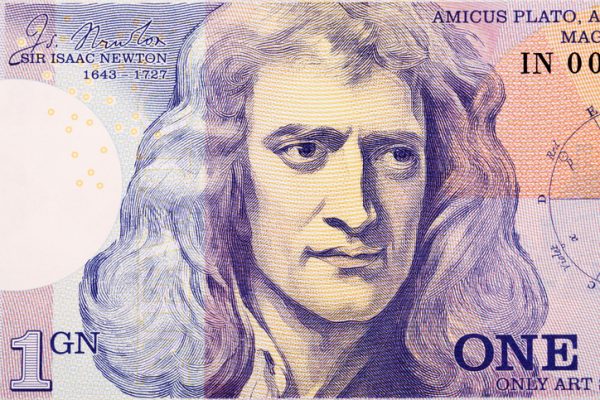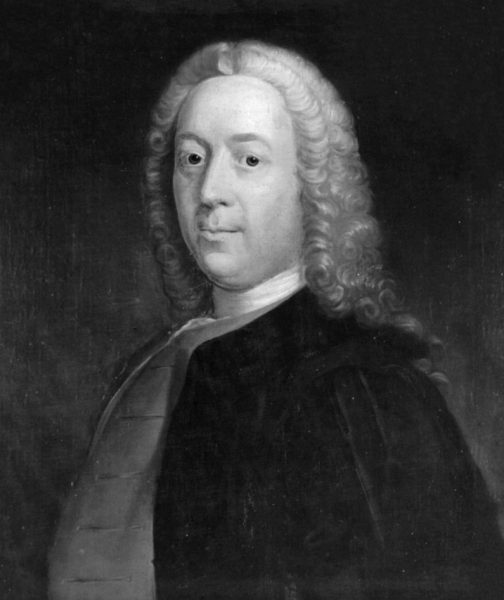The Scottish Economist Adam Smith addressed technology and innovation in the Wealth of Nations. His perspective on market limits aligns with technology overcoming constraints. In his framework, technological progress stimulates the division of labor, expanding markets, and driving growth.
The Newtonian exploration of market demand, innovation and technology uncovers intricate connections propelling societal progress. Integrating Smith’s Newtonian approach with technology enhances our understanding of how innovation shapes productivity and societal advancement.
Mark Knell, Research Professor, NIFU
Adam Smith was born on 5 June in Kirkcaldy, Scotland, three hundred years ago. In October 1737, he enrolled at Glasgow University, then continued advanced studies at Balliol College, Oxford, from 1740 to 1746.
During his time at Glasgow, Smith studied mathematics with Robert Simson. He also studied Latin, Greek language and literature, and philosophy, particularly Aristotle’s «Poetics» and «Longinus».
Additionally, he delved into logic, natural philosophy, Newtonian physics, and moral philosophy. These studies shaped Smith’s intellectual foundation, influencing his later contributions in economics and philosophy.

Guided by Robert Simson, Adam Smith integrated the Newtonian method into his works, notably in the Essays on Philosophical Subjects, without explicitly detailing Newton’s principles.
This examination of Smith’s philosophy of science focuses on the development of a «Newtonian style», exploring his grasp of Euclidean geometry, fluxionary calculus, and the application of imagined systems to explain real-world phenomena.
Smith’s recognition of the imaginative nature of philosophical systems is clear in his portrayal of Newton’s connecting principles as real chains binding nature’s operations, paralleling imaginative constructs in his Essay on Astronomy with Newton’s use in the Principia. Smith views wonder as the driving force in philosophy, revealing hidden connections between things.
Robert Simson and Ancient Greek Geometry
Robert Simson, with a solid foundation in mathematics, got the Chair of Mathematics at Glasgow University. Noteworthy for his work on Euclidean porisms, Simson’s 1723 publication emphasized his dedication to revitalizing ancient geometrical analysis. His meticulous definition of porisms as propositions revealing relations between given and assumed elements illustrates his rigorous approach.

Simson’s exploration of ancient Greek geometry, specifically Euclid’s lost porisms, significantly shaped his analytical and synthetic methods. This fusion of geometry and experimentation, inherited from ancient geometers, laid the groundwork for understanding moral and political philosophy on experimental foundations, as made clear in later works by Adam Smith.
Newton’s Method in the Principia
Newton’s method, as described by I. Bernard Cohen, involves deriving mathematical consequences through imaginative constructs to explain real-world phenomena. Newton’s work emphasizes the importance of distinguishing between abstract reasoning and physical causes, highlighting how their separation is essential.
In his Essay on Astronomy and Belle Lettres, Smith occasionally substitutes Newton’s concept of the idea for the imaginary machine, aligning with Scottish perspectives on constructing ideas through observation and generalization.
Newton’s definitions of absolute and relative, particularly in space and time, underscore the dual nature of these concepts. The Principia’s methodological contribution lies in exploring the consequences of an imaginative construct parallel to nature, enabling the application of deduced principles to historical and future events.
However, limitations arise in terms of data reliability and the approximation of the imaginative construct to reality. The ontological issue of gravity in the Principia, later implicitly addressed by Newton, mirrors Smith’s recognition of the limitations of the invisible hand in predicting societal outcomes. Despite these limitations, the enduring principles in both the Principia and the Wealth of Nations attest to their resilience over time.
The Newtonian Method in the Wealth of Nations
In the Wealth of Nations, Adam Smith employs a method reminiscent of Newton’s approach in the Principia by introducing two parallel systems to address economic challenges. In Chapter 4, Smith examines the historical evolution of money, tracing its emergence as a practical measure of value.
Emphasizing the unique properties of metals, particularly gold and silver, he highlights their suitability for monetary use, emphasizing qualities such as durability and divisibility. This historical perspective reveals money as a relative measure, a universally accepted commodity in economic transactions.
However, Smith faces a challenge analogous to Newton’s measurement problem, given commodities’ fluctuations in distinct directions. Introducing a parallel system, Smith incorporates nominal and real prices to address these fluctuations. Nominal prices are relative, expressed in terms of a specific commodity, while real prices serve as absolute measures.
Choosing labour as the absolute measure, Smith defines the real price as the ‘toil and trouble’ of the labourer, assuming consistency across time and place. Labour becomes an abstract, qualitative measure, transforming materials into commodities.
Rejecting labour as a relative measure perceived through the senses, Smith argues for estimating exchangeable value through other commodities. Acknowledging the unpredictability of gold and silver, he suggests using substitutes like corn.
Despite drawbacks, corn becomes a valuable estimator, aligning with labour as an absolute measure. This tripartite system – labour as absolute, and corn and silver as relative measures – forms the basis of Smith’s analysis in the Wealth of Nations.
Conclusion
This essay challenges conventional views on Adam Smith’s application of Newton’s philosophy. In contrast to common belief, Smith interprets Newtonian philosophy as an imaginary machine, in line with Scottish enlightenment philosophers.
The essay rejects the notion of labour as a subjective index confined to welfare economics, emphasizing its role as an energy source transforming nature into commodities. While not showing a direct correlation, the analogy of commodities ‘continually gravitating’ toward a central price echoes Newton’s theory of universal attraction.
Despite its lack of elegant proofs, Smith’s use of geometry provides insights into showing the experimental basis of moral and political philosophy. Simson’s influence on Smith’s understanding of ancient geometry and Newton’s fluxions prompts speculation about Smith’s mathematical expression.
Top image: Adam Smith, National Galleries of Scotland

